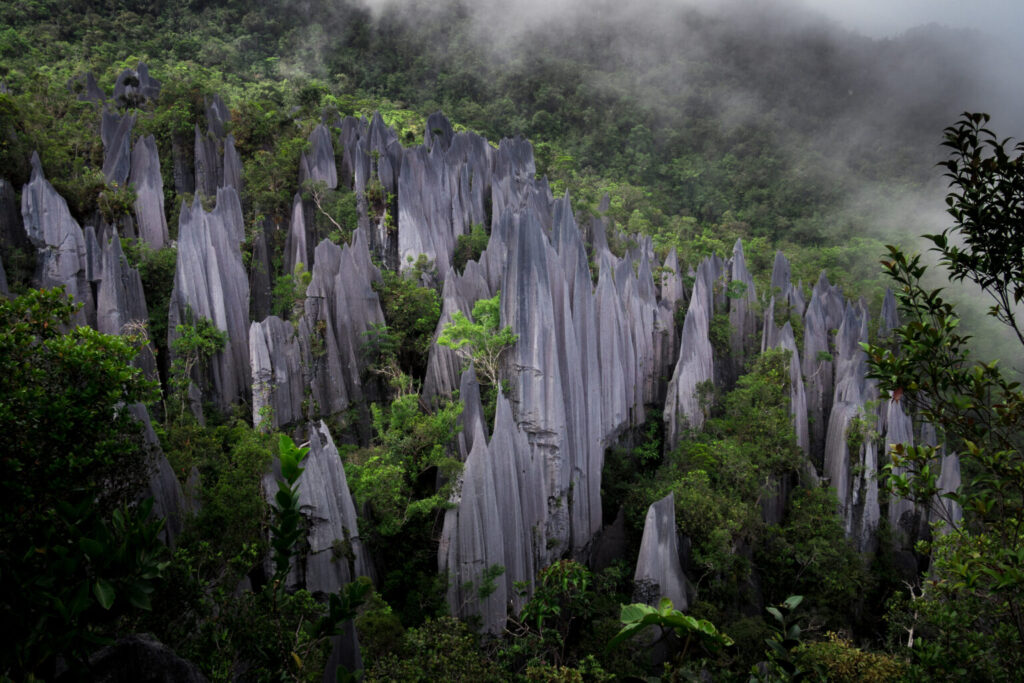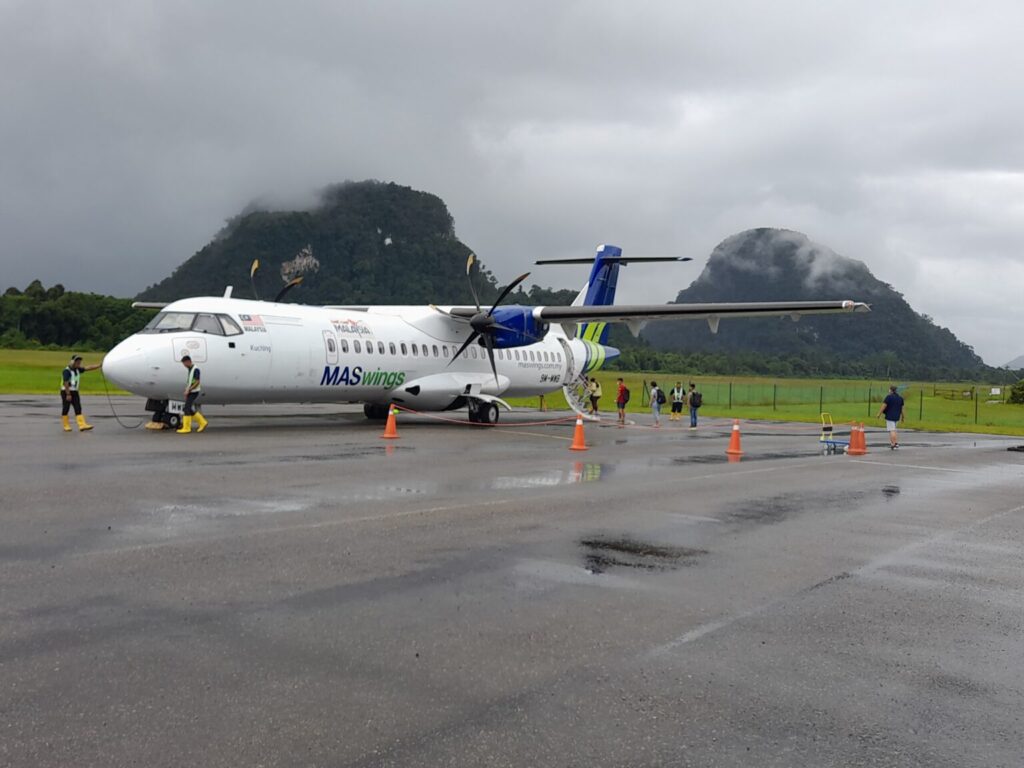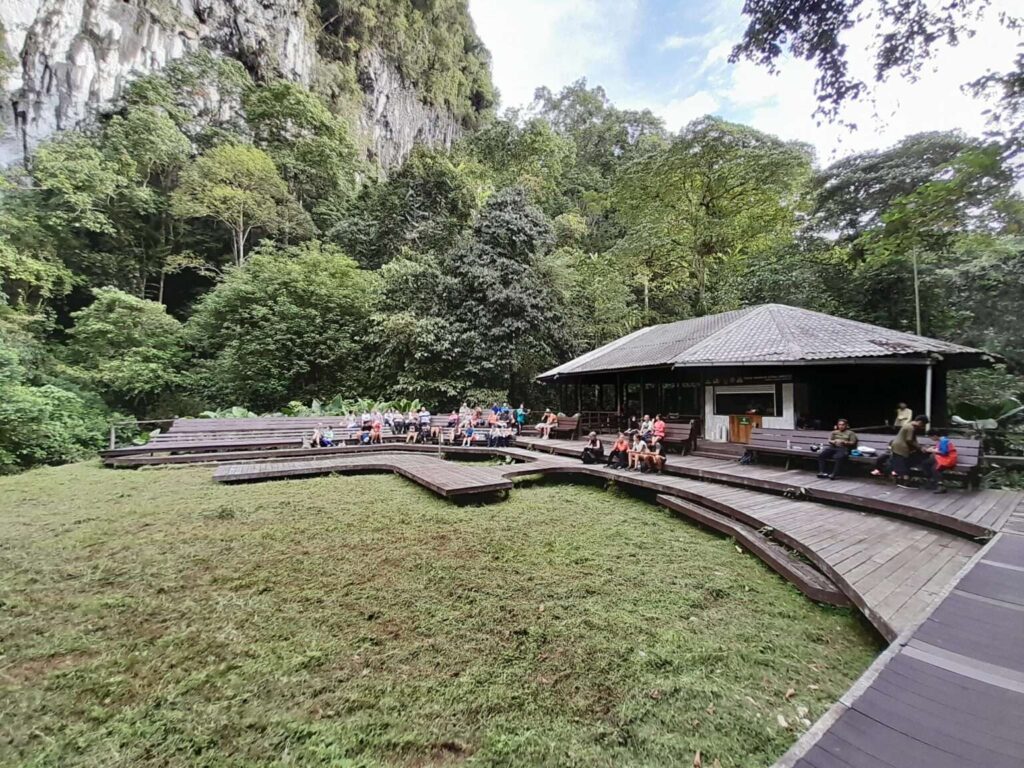
Gunung Mulu National Park, located in Malaysian Borneo, is one of the most remarkable natural wonders in Southeast Asia. Recognized as a UNESCO World Heritage Site, the park spans over 528 square kilometers and is renowned for its extraordinary limestone karst formations, vast cave systems, and rich biodiversity.
A Geological Marvel
The park’s landscape is dominated by dramatic limestone mountains, towering spires, and deep gorges. Gunung Mulu, the park’s namesake, is the highest peak at 2,377 meters (7,799 feet) and provides a stunning backdrop for the park’s natural beauty. The limestone formations in Mulu have been shaped by millions of years of erosion and geological activity, creating a dramatic and otherworldly terrain.
One of the park’s most famous features is the extensive cave system. The Mulu caves are some of the largest and most spectacular in the world. The Clearwater Cave and Deer Cave are among the biggest and most popular, attracting adventurers and scientists alike. Deer Cave, with its impressive entrance and cavernous interior, holds the title of one of the world’s largest cave openings. The caves are also home to unique ecosystems and rare species, including thousands of bats, which are a major attraction for visitors.
Biodiversity Hotspot
Mulu is a biodiversity hotspot, hosting a rich array of flora and fauna. The park is home to over 3,500 species of plants, including rare orchids and carnivorous plants like the pitcher plant. Animal life includes primates like the proboscis monkey, diverse bird species such as hornbills, and various reptiles, amphibians, and insects. The park’s varied ecosystems, ranging from tropical rainforest to mountain forest, support an incredible diversity of life, making it a haven for nature lovers and researchers.
How to reach Gulung Mulu National Park ?

Reaching Gunung Mulu National Park in Malaysian Borneo requires a bit of planning, as the park is located in a relatively remote area. However, there are convenient options for getting there, only by Air . Now a days River way is closed for tourist . It is a small settlement inside the borneo forest . Only Malaysian airlines from Miri or Kuching .
Bat watching in the Evening :
The best time to experience the bat exodus is usually late afternoon to early evening, as the bats emerge at dusk. It’s recommended to arrive at the cave entrance about 30 minutes before sunset to find a good viewing spot and to ensure you don’t miss the spectacle.
The dry season (April to October) tends to offer clearer skies and better visibility for bat watching, but bats are present year-round. The rainy season (November to March) might make for a more challenging experience due to wet conditions, but the bats still come out, and the jungle around the cave is lush and vibrant.

Long Cave :

Long Cave in Gunung Mulu National Park is a remarkable cave system known for its extensive size and unique formations. Located near the Mulu Airport, it is one of the park’s most accessible caves. The cave’s name comes from the long, narrow passageways that stretch deep into the limestone karst. It features impressive stalactites, stalagmites, and other fascinating speleothems, which are typical of the region’s cave systems.
Summary :
Gunung Mulu National Park is a truly unique destination, offering unparalleled natural beauty and adventure. Whether you’re interested in geology, caving, wildlife, or simply experiencing one of the world’s most awe-inspiring natural landscapes, Mulu is a must-visit. Its combination of stunning scenery, fascinating ecosystems, and opportunities for adventure makes it one of Malaysia’s premier national parks and an unforgettable destination for travelers from around the world.
